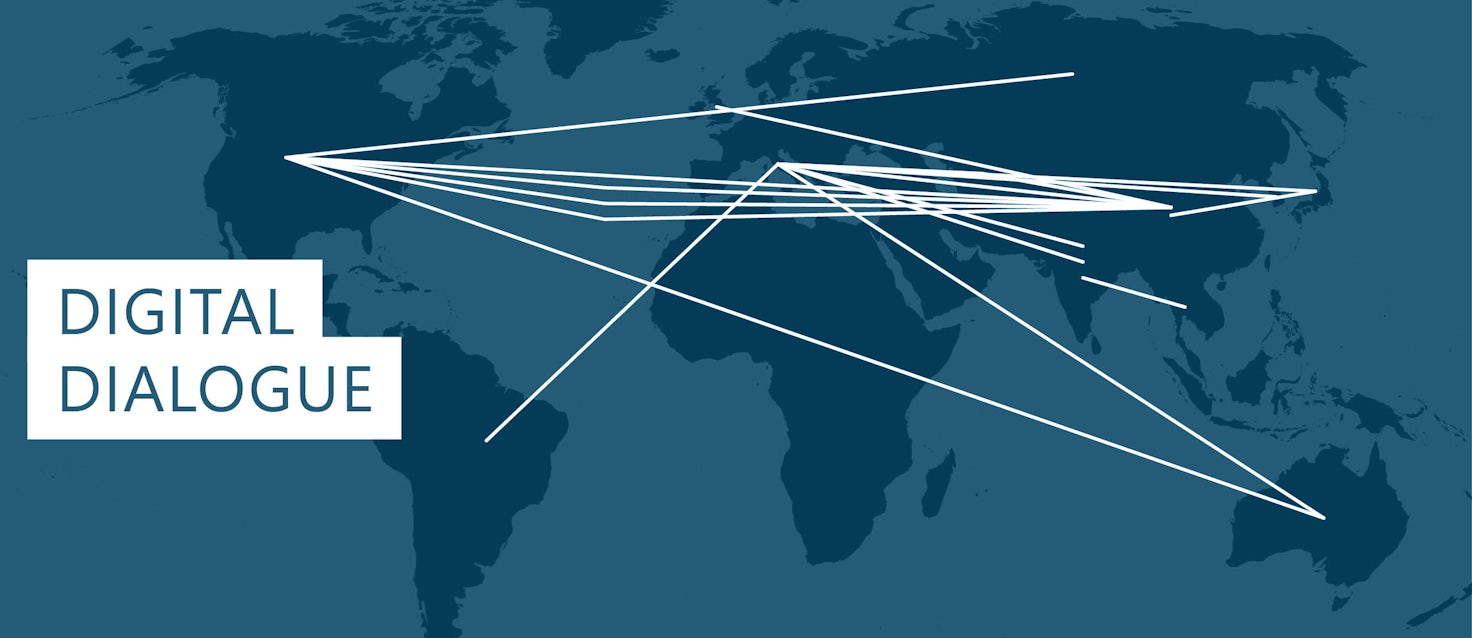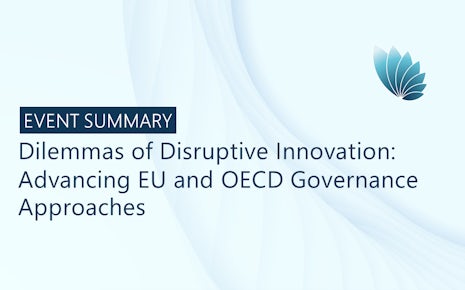Executive summary
The aim of this Digital Dialogue is to scrutinise the EU’s evolving approach to the innovation and governance of new and emerging technologies with a disruptive effect. Against the backdrop of growing geopolitical rivalries among great powers and their high-tech champions, as well as the rising impact of emerging and disruptive technologies (EDTs) on all sectors of society, the EU’s strategic autonomy and technological sovereignty in critical and dual-use technological domains becomes essential. In recent years, various EU initiatives have aimed at maintaining and strengthening the bloc’s economic, industrial and technological competitive edge. This study contributes to this aim by mapping the relevant EU institutional actors, governance processes and targeted initiatives in key high-tech domains and by shedding light on the structures that enable the governance, research, development and use of such new technologies.
Specific attention is given to four critical technological domains within the EU’s governance agenda: autonomous robotics, artificial intelligence, high-performance computing and quantum technologies. The intention is to illustrate the evolving dynamics of the EU’s innovation and policy framings in what are significant governance areas for EU action in critical technological domains. The Digital Dialogue ends with concluding remarks that signal the urgent need for the EU to deliver concrete results under the existing portfolio of EDT projects and initiatives to achieve the objective of responsible technological innovation. This is crucial to charting a stronger path for the EU to bolster its technological leadership in the global arena.
Key Takeaways:
- Four entwined policy framings provide a strategic impetus for EU-led technological innovation processes: ‘taking geopolitics seriously’, seen as a legitimisation strategy that frames various EU tech, digital and industrial initiatives in economic security terms; mission-oriented programmes for innovation policies; responsible innovation frameworks; and strategic foresight–led, anticipatory governance mechanisms.
- These policy framings foreground the tools for defining socio-political and economic issues for decision-making and governance purposes at the EU level. As such, they enable the tracing of arguments for ‘more EU’ or supranational EU-driven solutions to protect and foster a competitive, sovereign and innovative industrial and technological base across Europe.
- Through a cursory and non-exhaustive overview of the EU’s industrial policies, civil and defence funding initiatives as well as science, technology and innovation programmes that promote research and development activities, the analysis uncovers that dual-use EDTs have become central to achieving technological sovereignty and open strategic autonomy.
- The definitional boundaries that separate and intersect EDTs are explored. In short, emerging technologies can encapsulate both disruptive and sustaining characteristics, and not all emerging technologies become disruptive. A technology is defined as disruptive when it enables ‘new modes of work, production and consumption’ and can lead to ‘broader societal transformations’.



